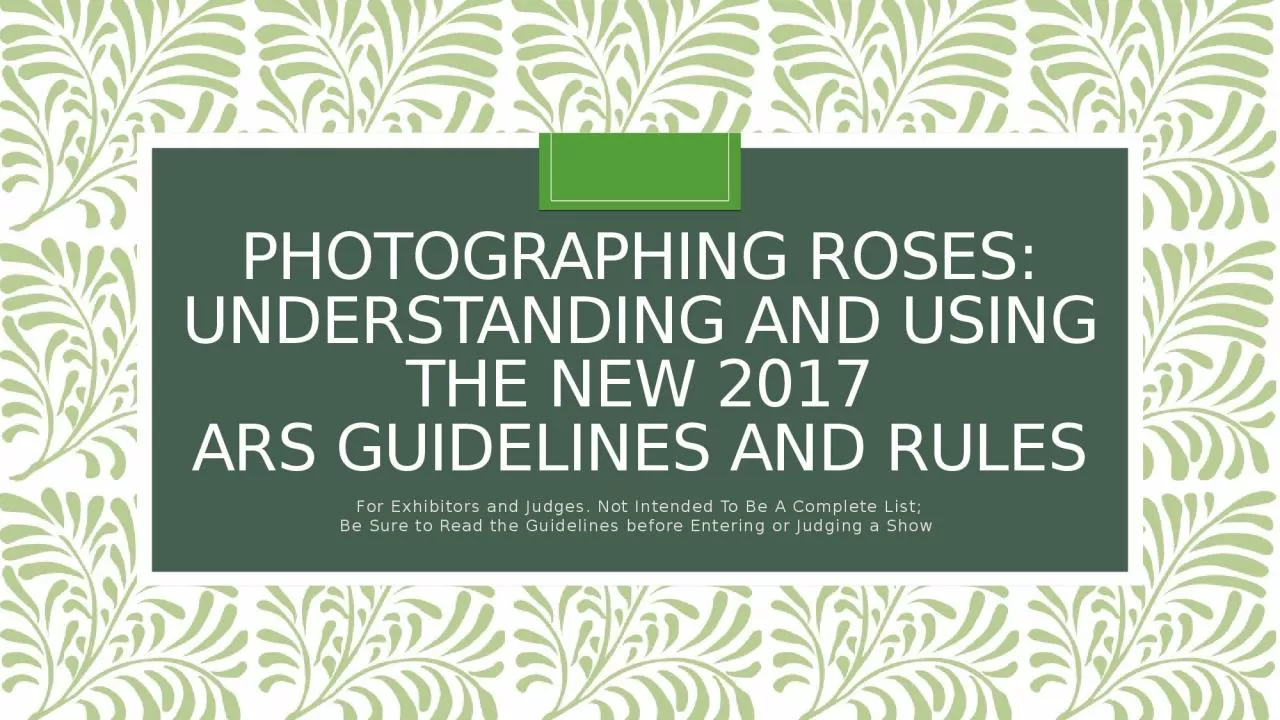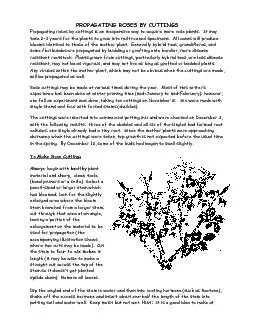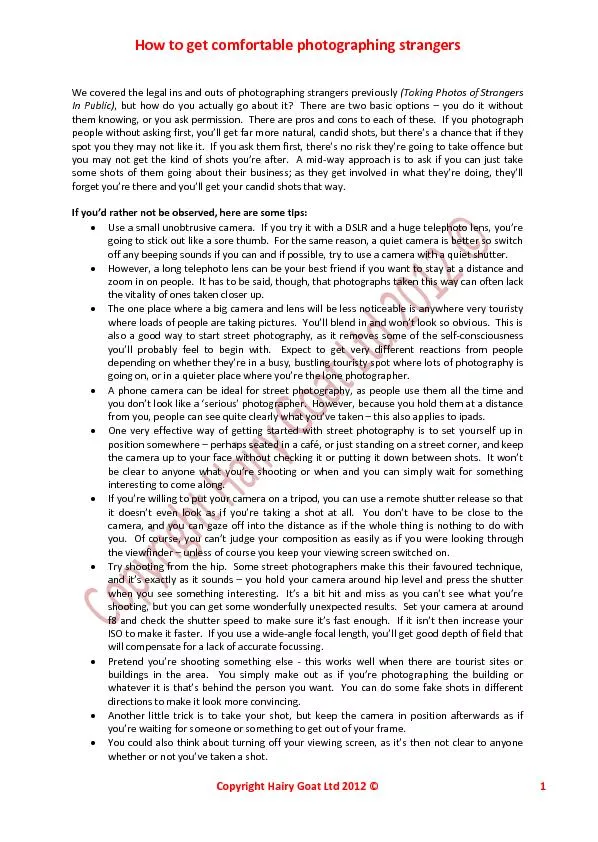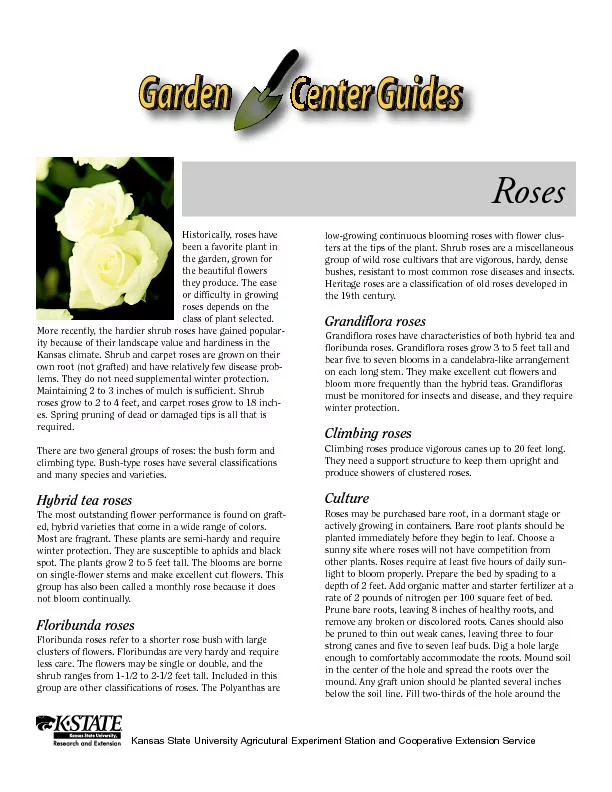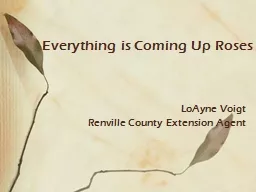PPT-Photographing Roses: understanding and using the New 2017
Author : kimberly | Published Date : 2023-09-21
Ars guidelines and rules For Exhibitors and Judges Not Intended To Be A Complete List Be Sure to Read the Guidelines before Entering or Judging a Show Dr Susan
Presentation Embed Code
Download Presentation
Download Presentation The PPT/PDF document "Photographing Roses: understanding and u..." is the property of its rightful owner. Permission is granted to download and print the materials on this website for personal, non-commercial use only, and to display it on your personal computer provided you do not modify the materials and that you retain all copyright notices contained in the materials. By downloading content from our website, you accept the terms of this agreement.
Photographing Roses: understanding and using the New 2017: Transcript
Download Rules Of Document
"Photographing Roses: understanding and using the New 2017"The content belongs to its owner. You may download and print it for personal use, without modification, and keep all copyright notices. By downloading, you agree to these terms.
Related Documents

